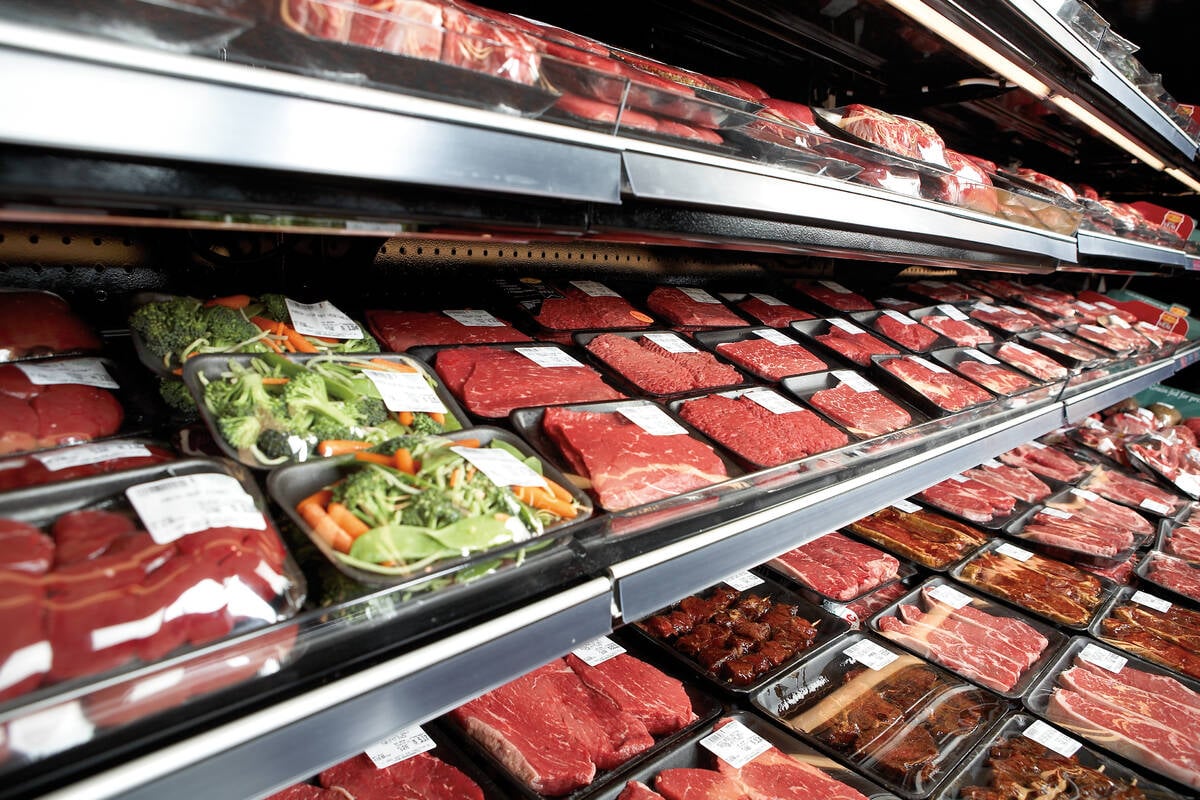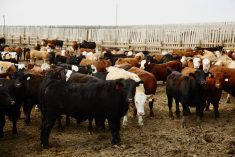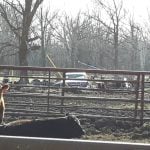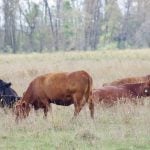I’ve been overwhelmed with calls over the past week as the recent issue of Canadian Cattlemen reached dinner tables and coffee shops. In the October issue, I hinted that the cattle market was turning over and would likely trend lower in the latter half of 2024. I always judge how successful my articles are by how many phone calls or emails I receive. Therefore, I thought I would expand on the October’s column, given the current economic environment.
There are two main characteristics of demand for the cattle and beef market. First, beef demand is inelastic. In simple terms, a small change in supply has a large influence on the price. Every producer can confirm this. Second, a one per cent increase in consumer spending equates to a one per cent increase in beef demand. U.S. consumer spending is 66-70 per cent of U.S. GDP or gross domestic product. This is the measurement of the U.S. economy.
Below is a chart of the U.S. calf crops from 2009 through 2024. After the sub-prime recession of 2009, the U.S. cattle producer continued to contract the cattle herd until 2014. During the darkest phase of the recession, which occurred in the final quarter of 2008, U.S. GDP was negative 8.4 per cent.

The live and feeder cattle futures made a high in October of 2014. U.S. GDP during the second quarter of 2014 was 5.5 per cent and 2014 third-quarter GDP was five per cent. Beef production continued to decline in the first half of 2015. However, U.S. GDP was only 3.8 per cent in the first quarter of 2015 while second-quarter GDP was 2.3 per cent. Despite the lower beef production in 2015, live and feeder cattle futures did not move higher because of waning beef demand. The economy had topped out and so did beef demand.
Read Also

Canada Beef focuses on expanding market at home and abroad
From the Calgary Stampede to the World Food Expo in Manila, Canada Beef has been focused on market expansion
The COVID recession of 2020 resulted in lower prices which caused the U.S. cow-calf producer to contract the herd. The Canadian data mirrors the U.S. but on a smaller scale. The U.S. and Canadian cow-calf producers didn’t receive the memo regarding monetary and fiscal stimulus that occurred during and shortly after COVID. The cow-calf producer didn’t realize the economy was in an aggressive expansion phase during 2021 and 2022. They were basing decisions to contract the herd on the poor financial returns from 2020.
From 2020 through October 2023, the U.S. economy was in an aggressive economic expansion phase due to a surge in consumer spending. At the same time, the cow-calf producer was contracting the herd. Very simply, lower supplies and stronger demand results in higher prices. The reverse will occur in 2024.

U.S. 2023 third-quarter GDP will likely finish around five per cent. U.S. fourth-quarter GDP is only expected to be 2.3 per cent. The economy has topped out. Despite lower beef production in the first half of 2024, cattle prices will not likely move higher due to easing demand. Interest rates are at 40-year highs and consumer confidence is decreasing. Restaurant traffic is below year-ago levels.
The U.S. beef cow slaughter for 2022 was just over four million head. For 2023, the beef cow slaughter is expected to finish at 3.5 million head. The 500,000 head year-over-year decline in the beef cow slaughter is sufficient to result in a year-over-year increase in the 2024 calf crop.
In 2024 and 2025, we will see consumers pull in the reins on spending. At the same time, we’re anticipating a year-over-year increase in the calf crops. Cattle-on-feed reports are irrelevant when the cattle market is at extreme highs and extreme lows because the market becomes highly sensitive to demand. The livestock price insurance program becomes impossible to use in a declining market. The insurance premiums are based on option premiums for the deferred feeder cattle futures. In a declining market, the futures lead the cash market lower so producers won’t be able to use the program to lock in a profit.
















